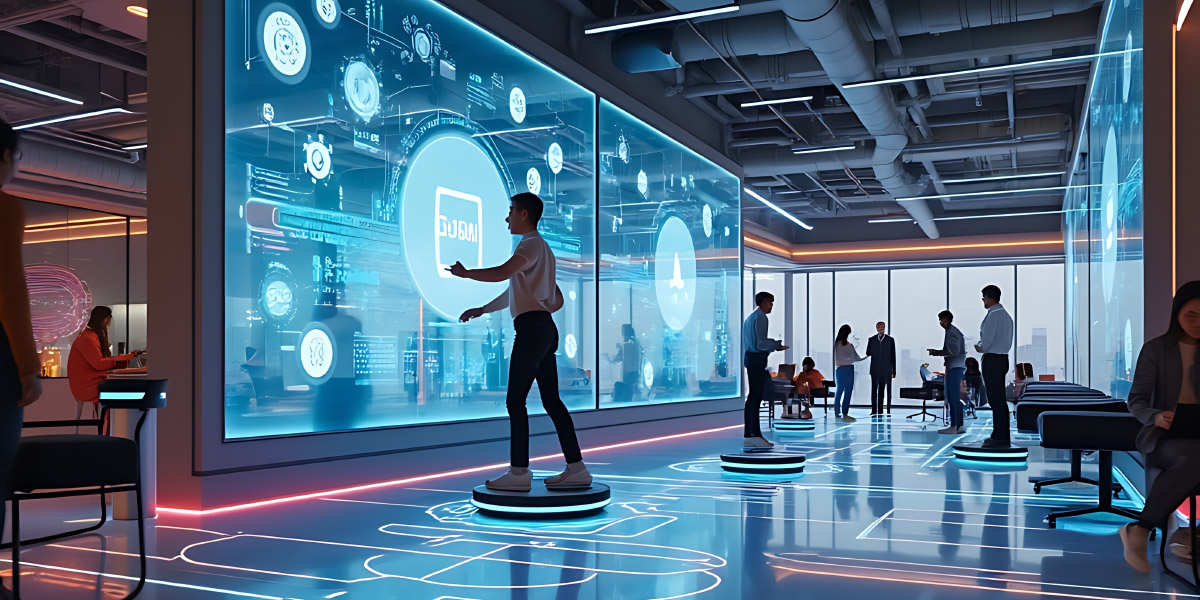System benefits
- Attracting students' interest and love of education, by displaying educational content in a visually attractive and more interactive way, such as videos and illustrations.
- Understanding difficult parts of academic subjects and simplifying more complex concepts, due to the integration of videos, images and virtual reality simulations, which helps students retain information faster.
- Make learning more fun by motivating students to participate and interact with the teacher.
- Encourages students to work together in the classroom by asking questions and building collaborations with each other.
- Enhancing learning outcomes and proficiency by adapting educational content; It offers support to students who suffer from vision and hearing impairment by providing expanded text translation or enhancing voice clarity, depending on the needs of each particular student to guarantee that everyone gets the support required for effective learning.
- It helps students acquire essential labor market skills, such as critical thinking and technical skills.
- This system opens up new horizons for students to learn and enables them to access additional online educational resources within the classroom beyond what textbooks alone provide.
System Components
- Screen Display through which subjects can be shared, enabling teachers to write and draw demos directly on it using an interactive digital pen or touch, in addition to automatically recording what has been shared and taught.
- Software programs for managing educational activities, organizing lessons, and following up on the progress of students and trainees.
- Communication tools connect all computers or mobile phones in the classroom and allow communication among teachers and students.
- Ethernet cables for LAN connection.
Places of Use
- Schools and universities
- Language training and teaching centers
- Conference halls



